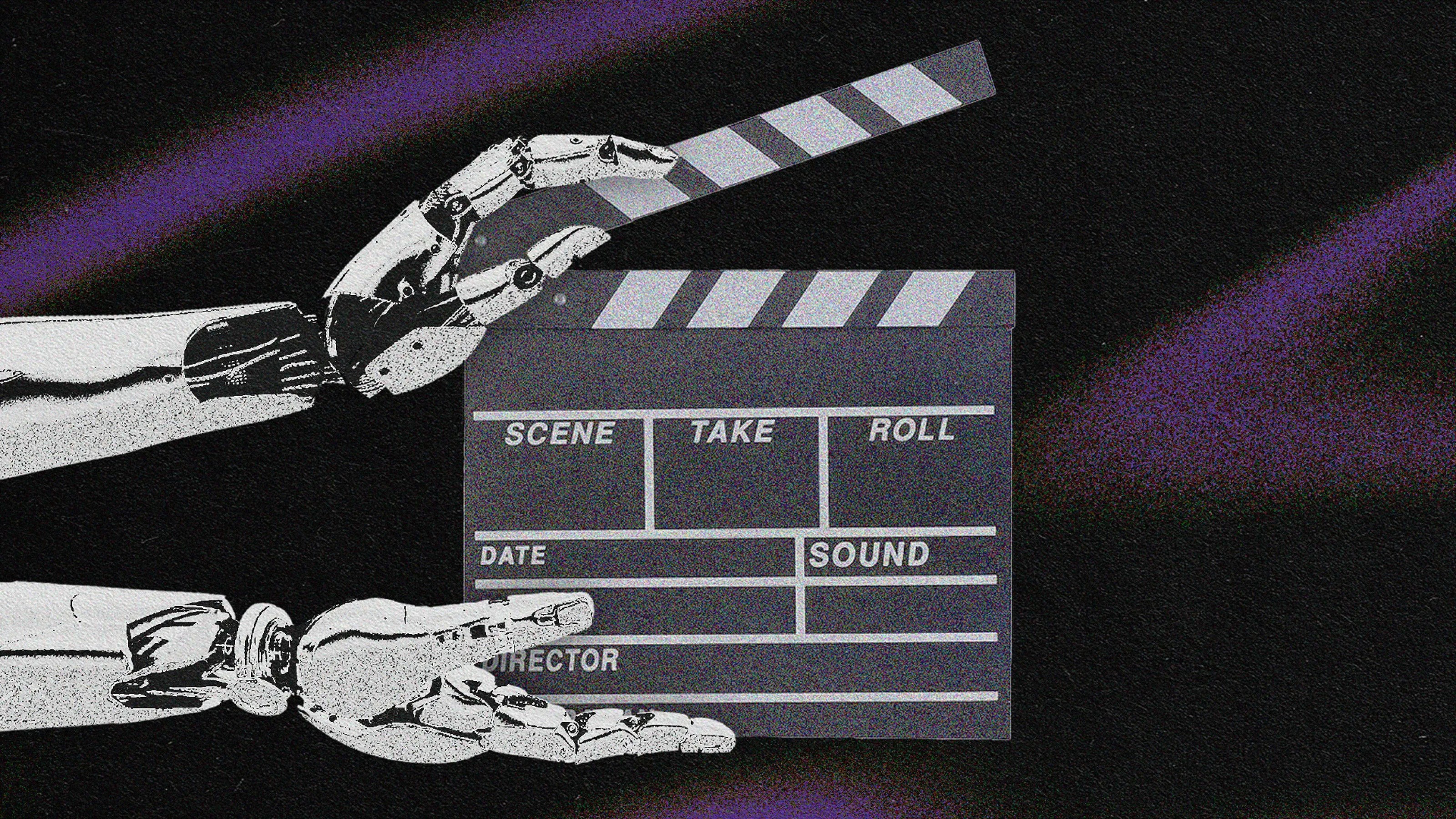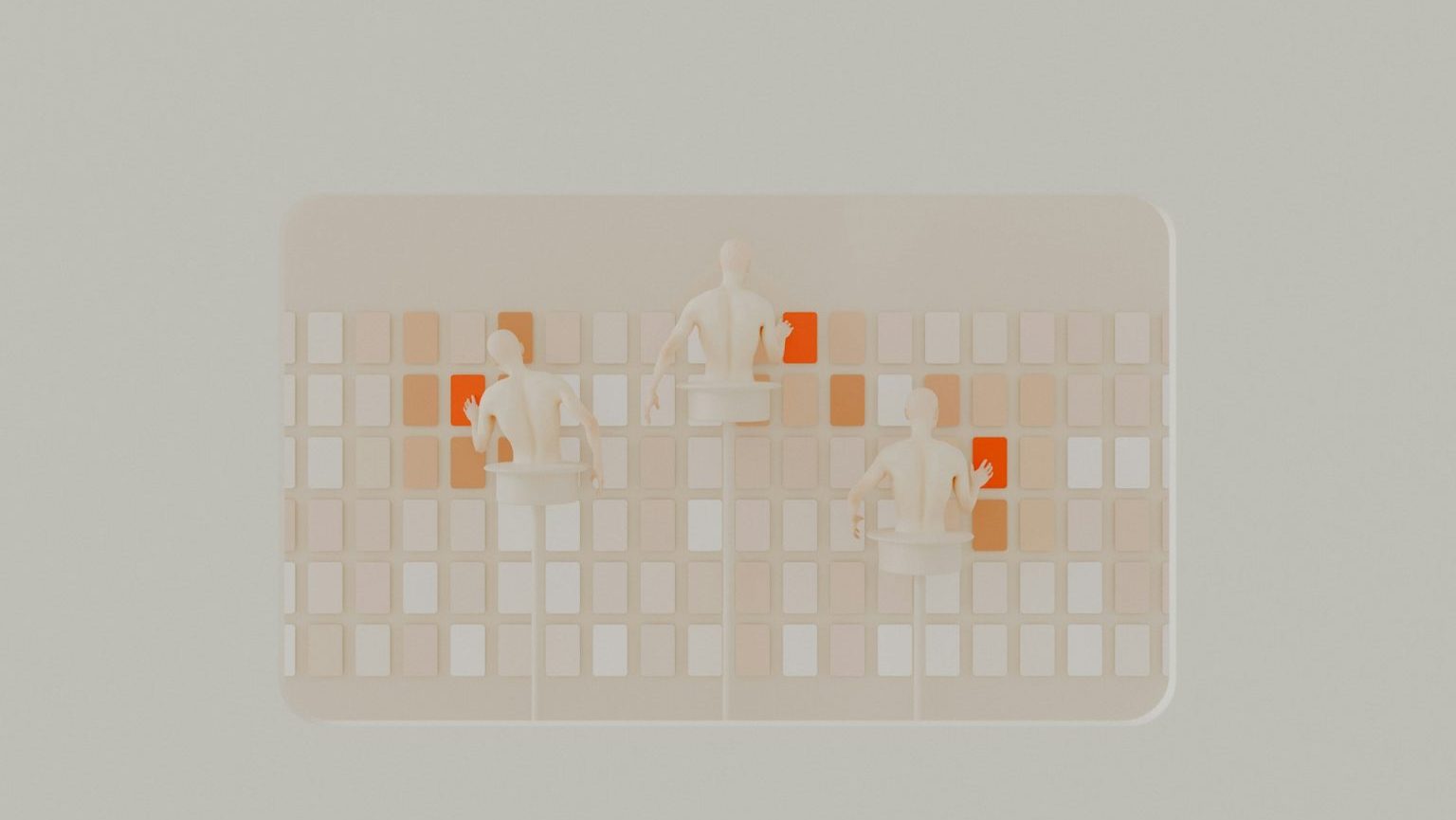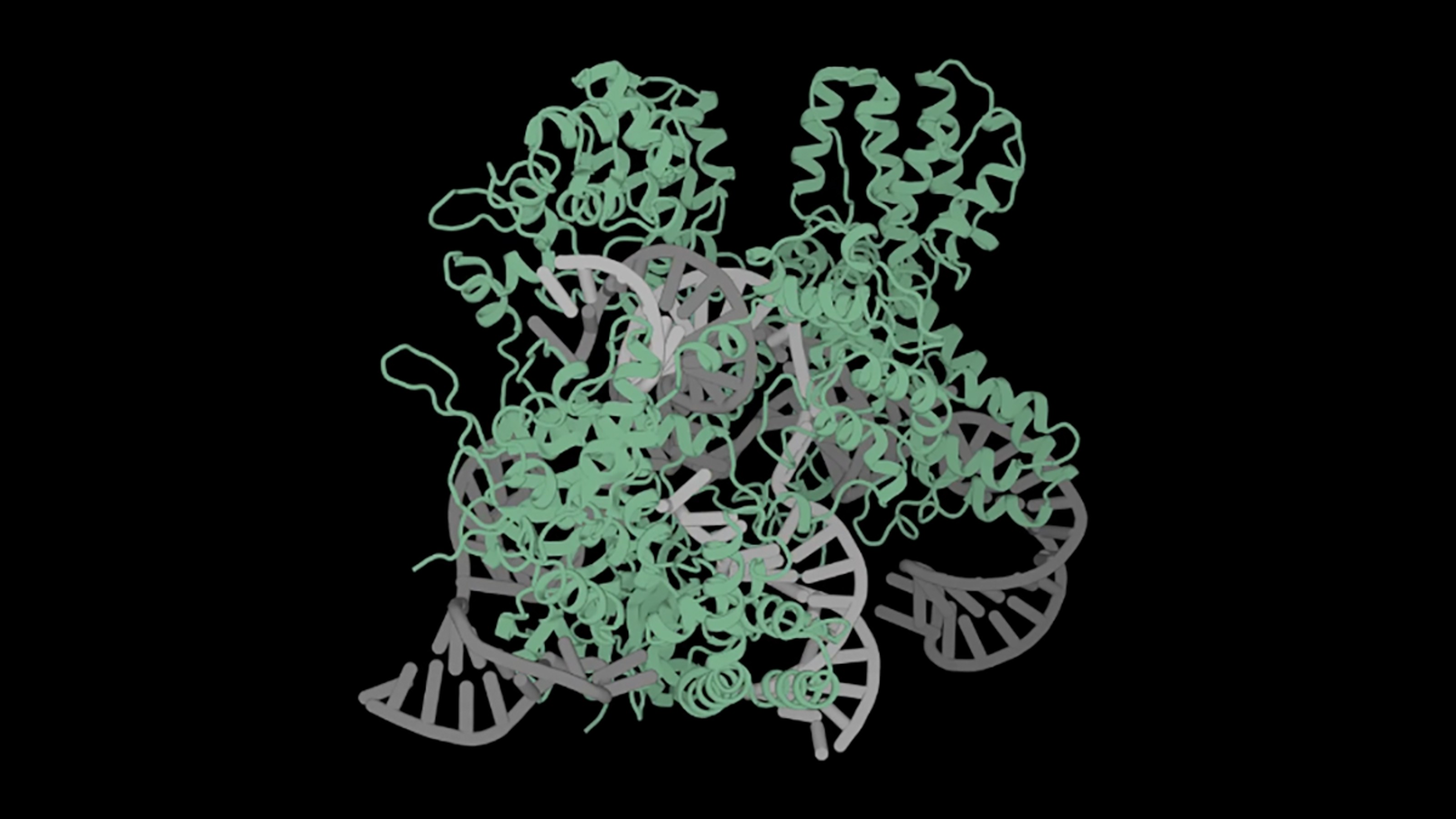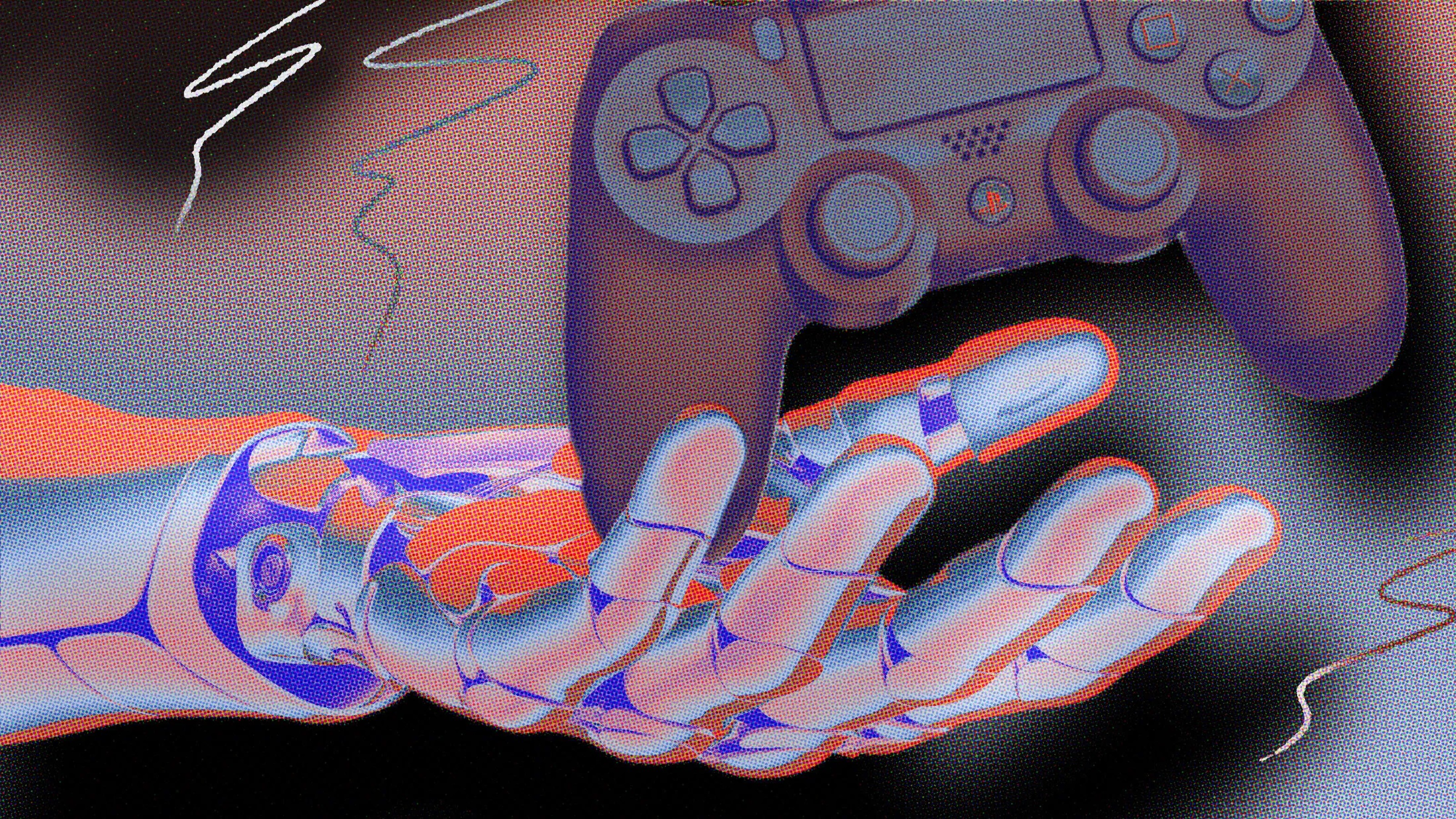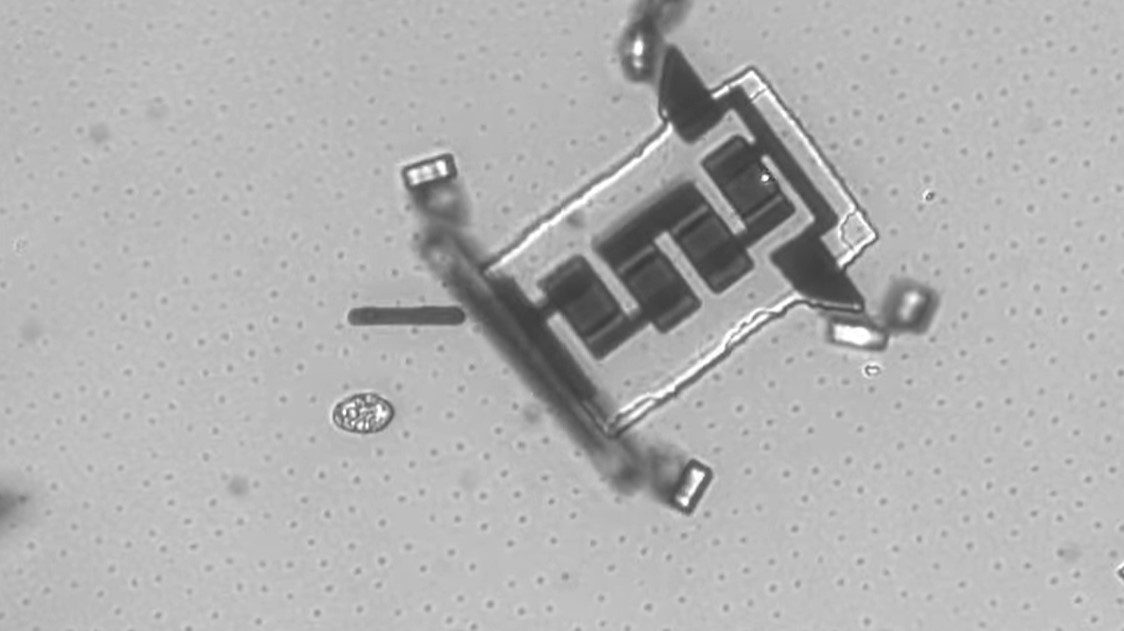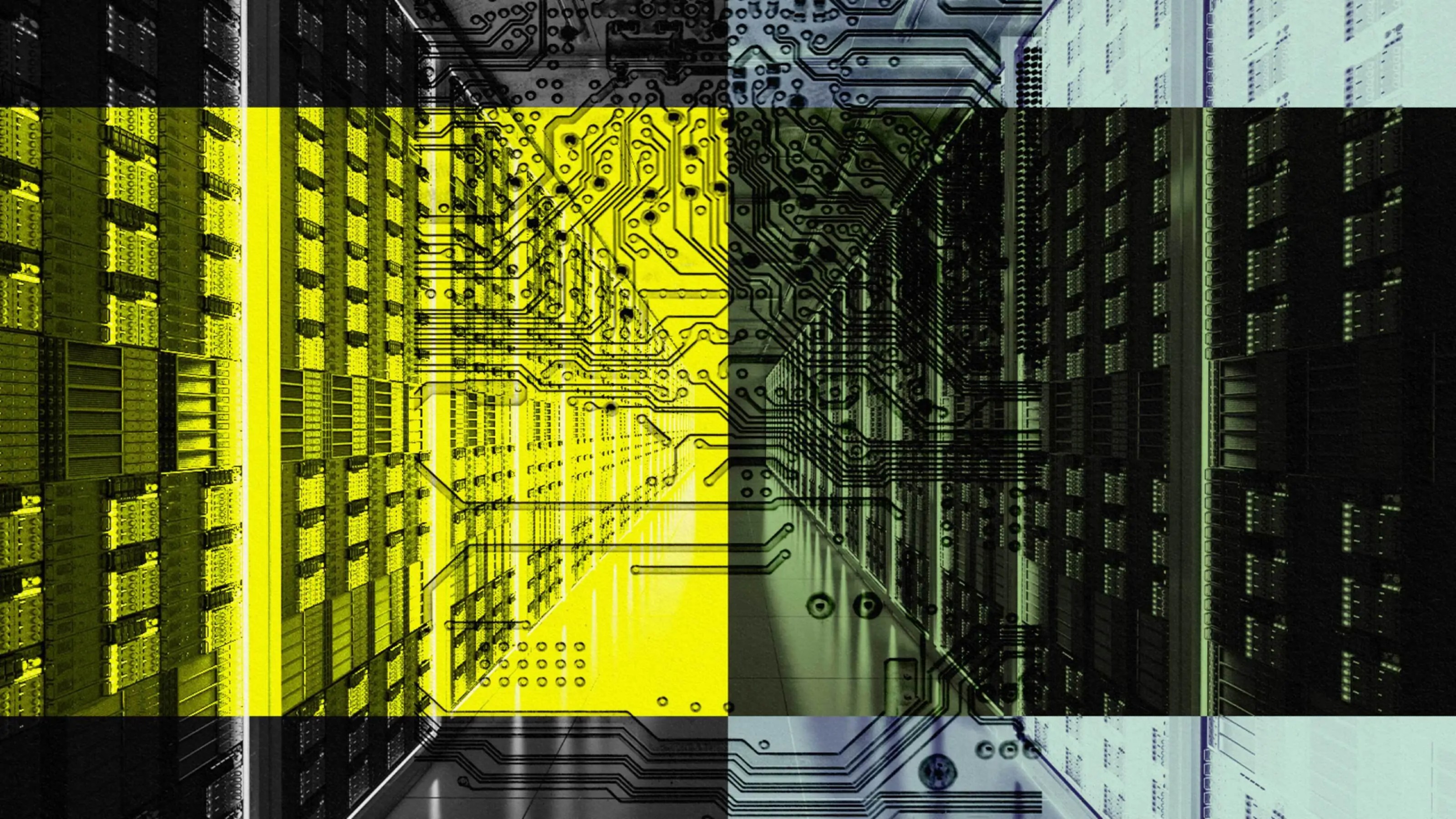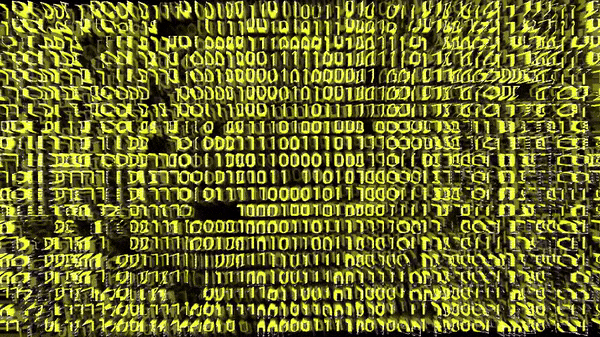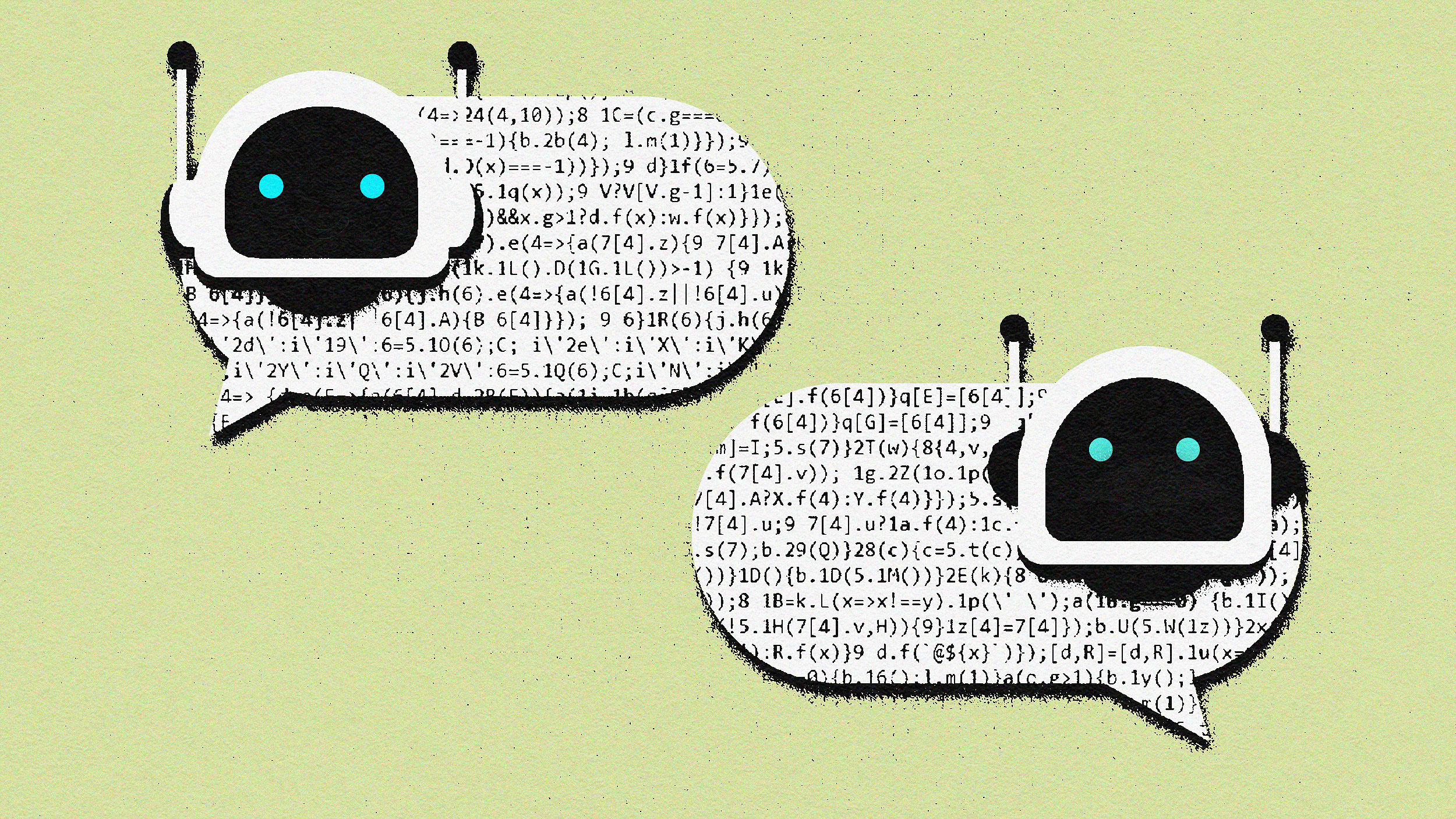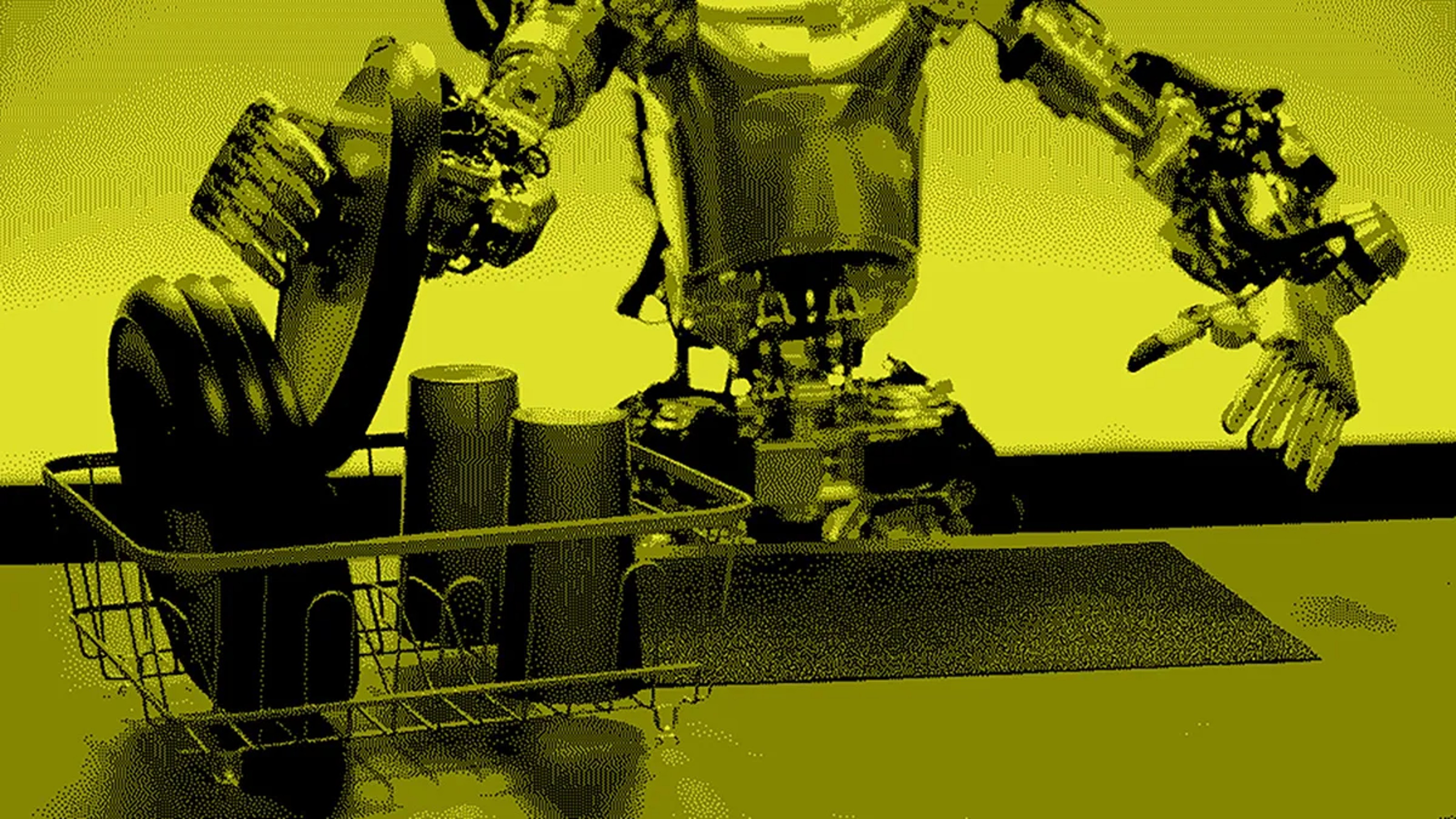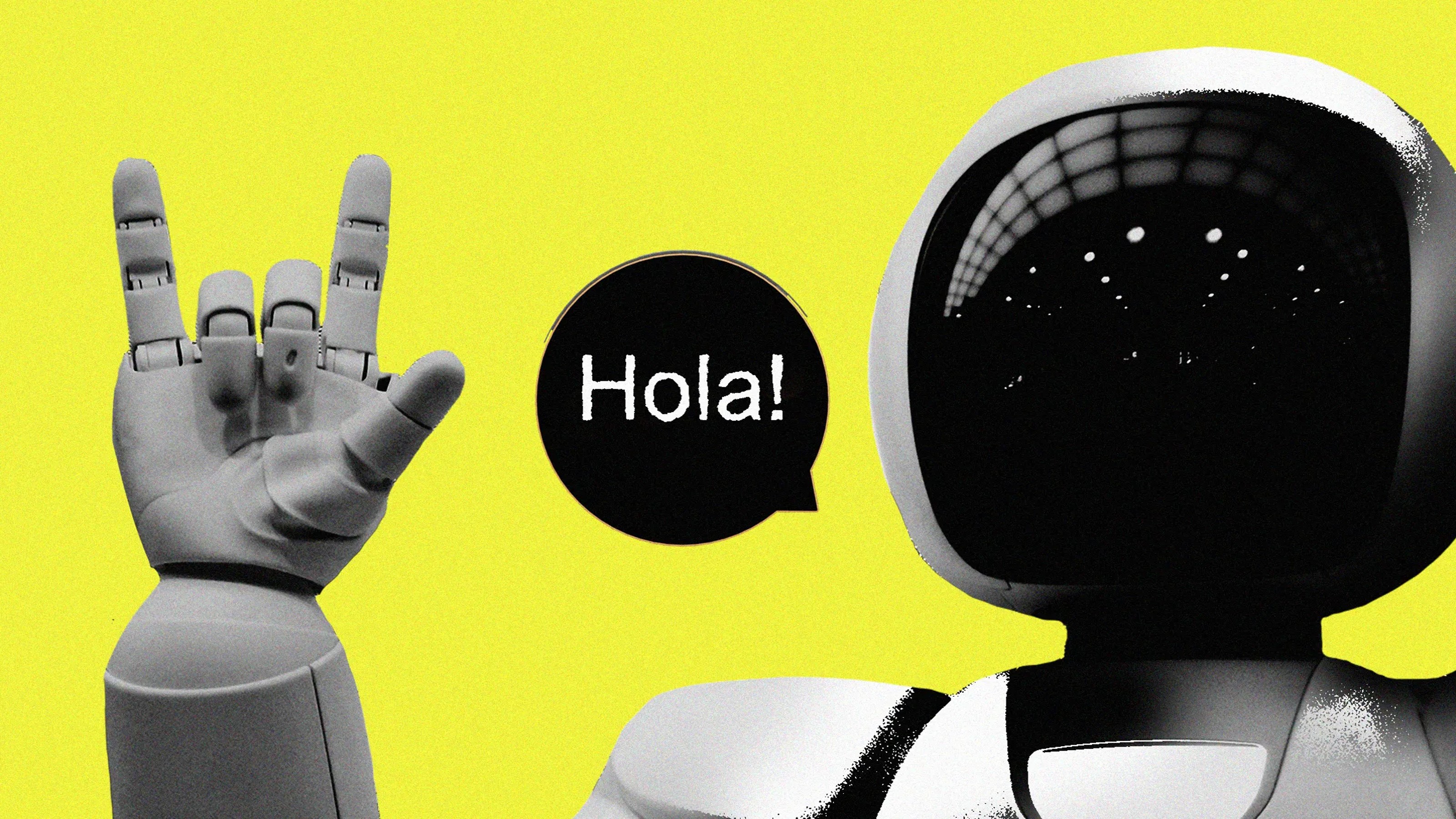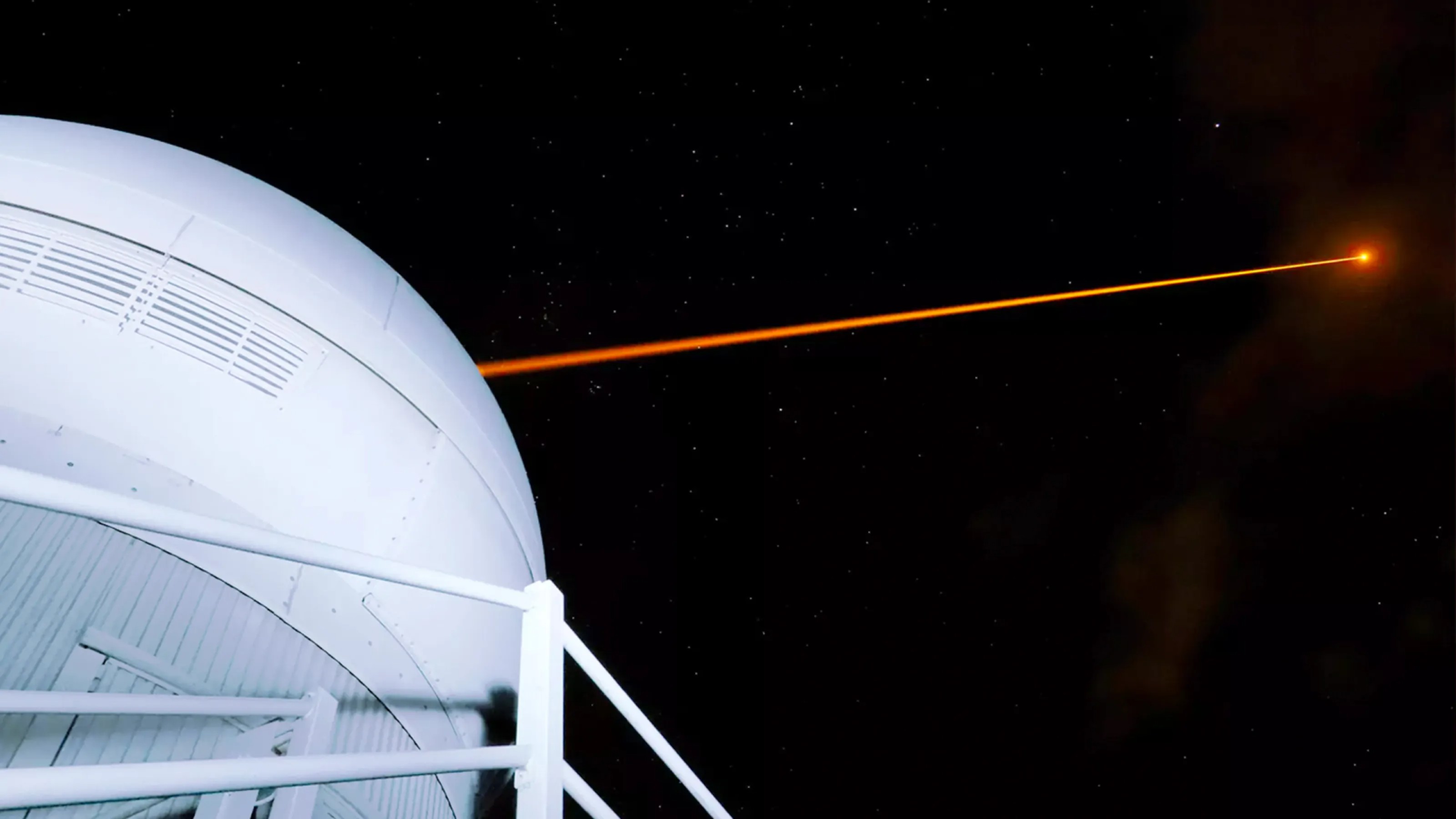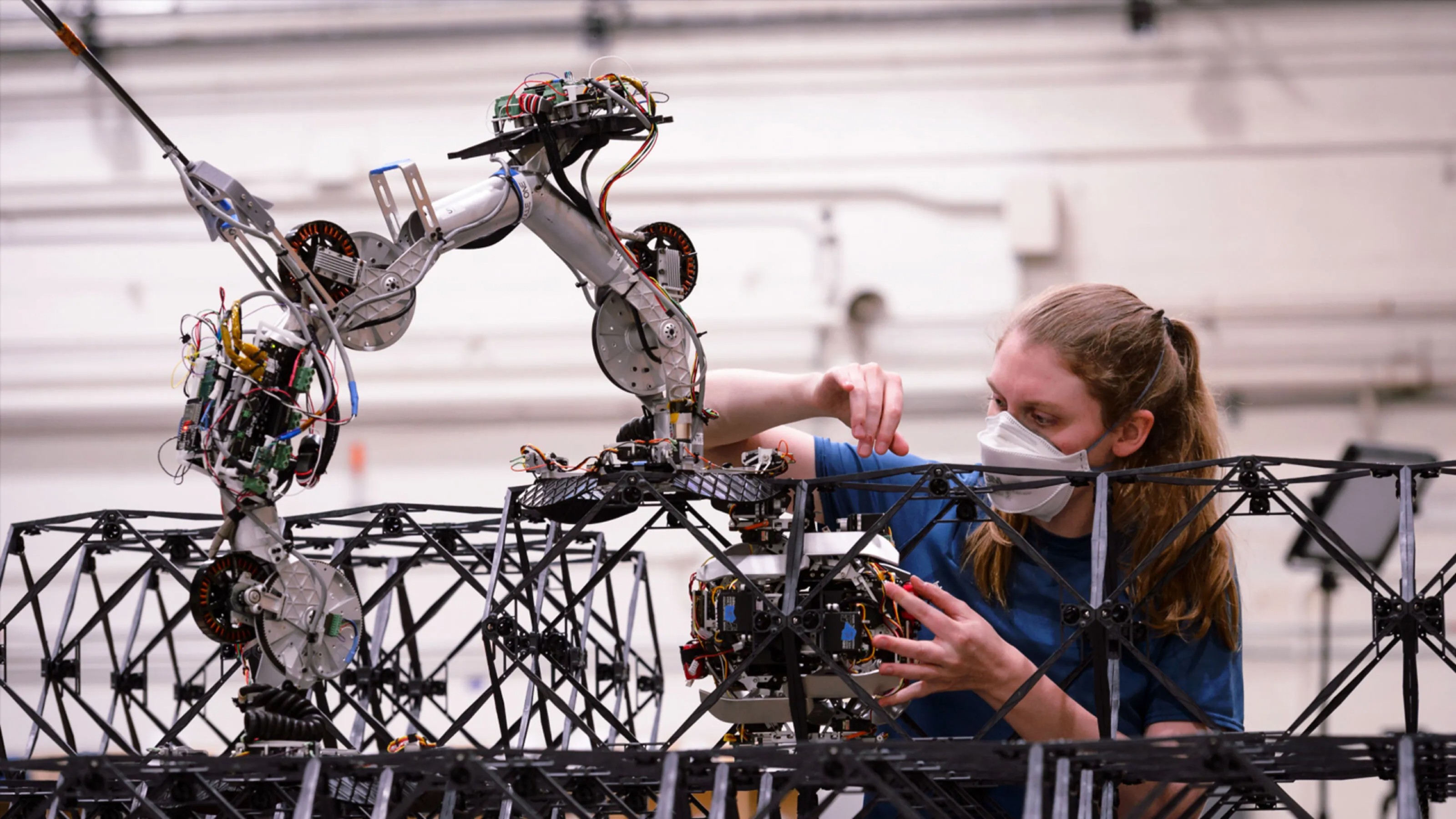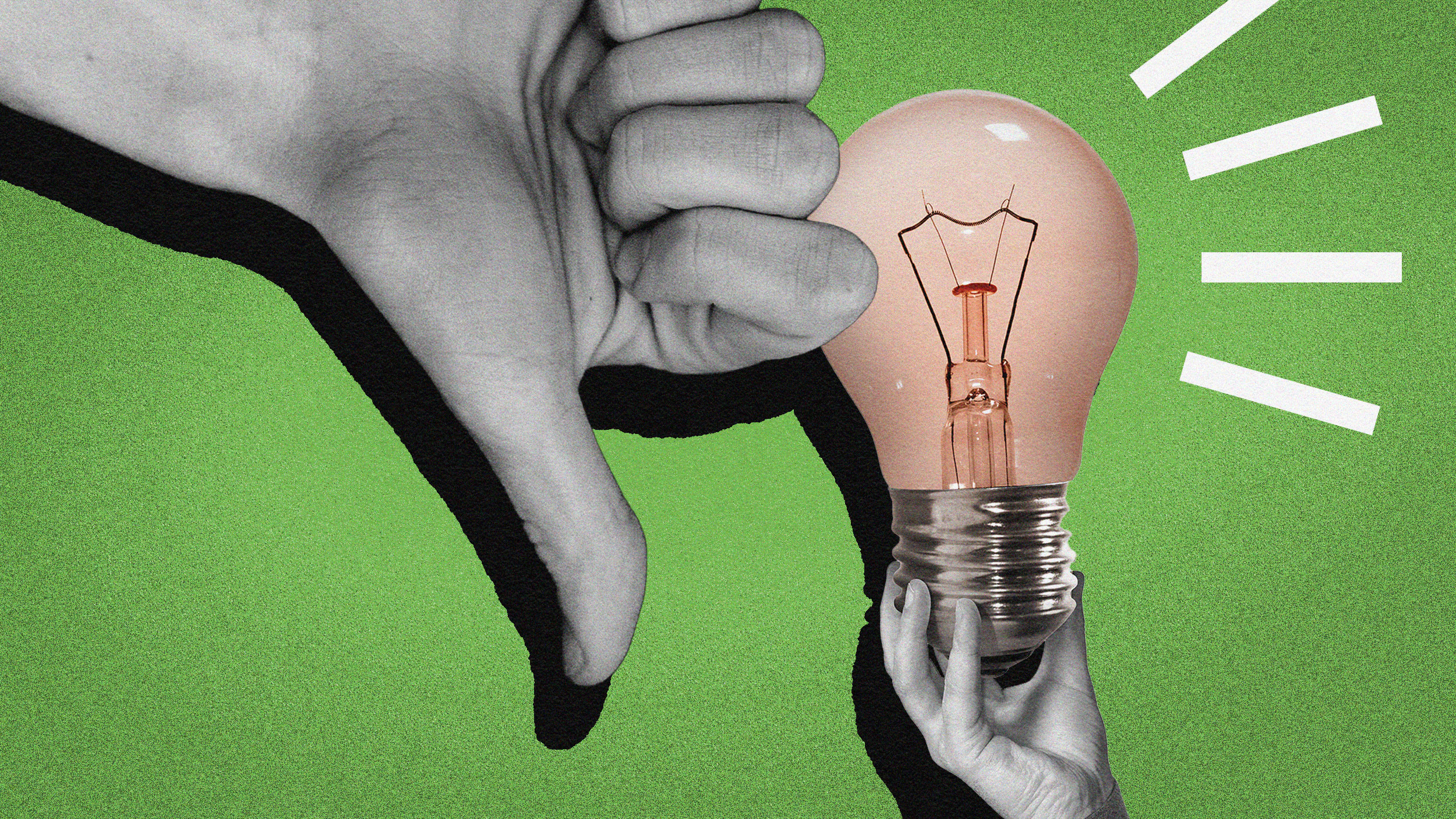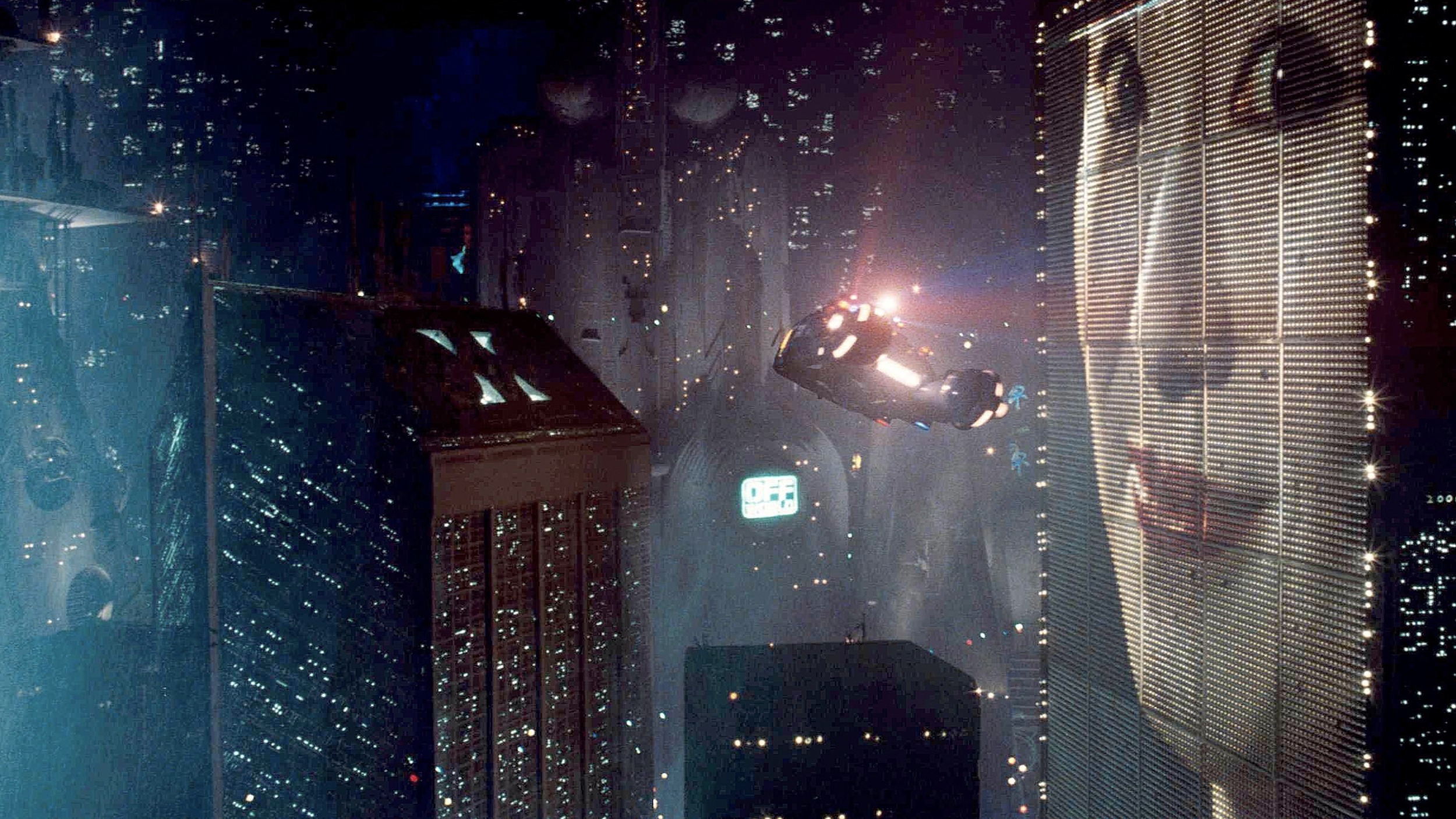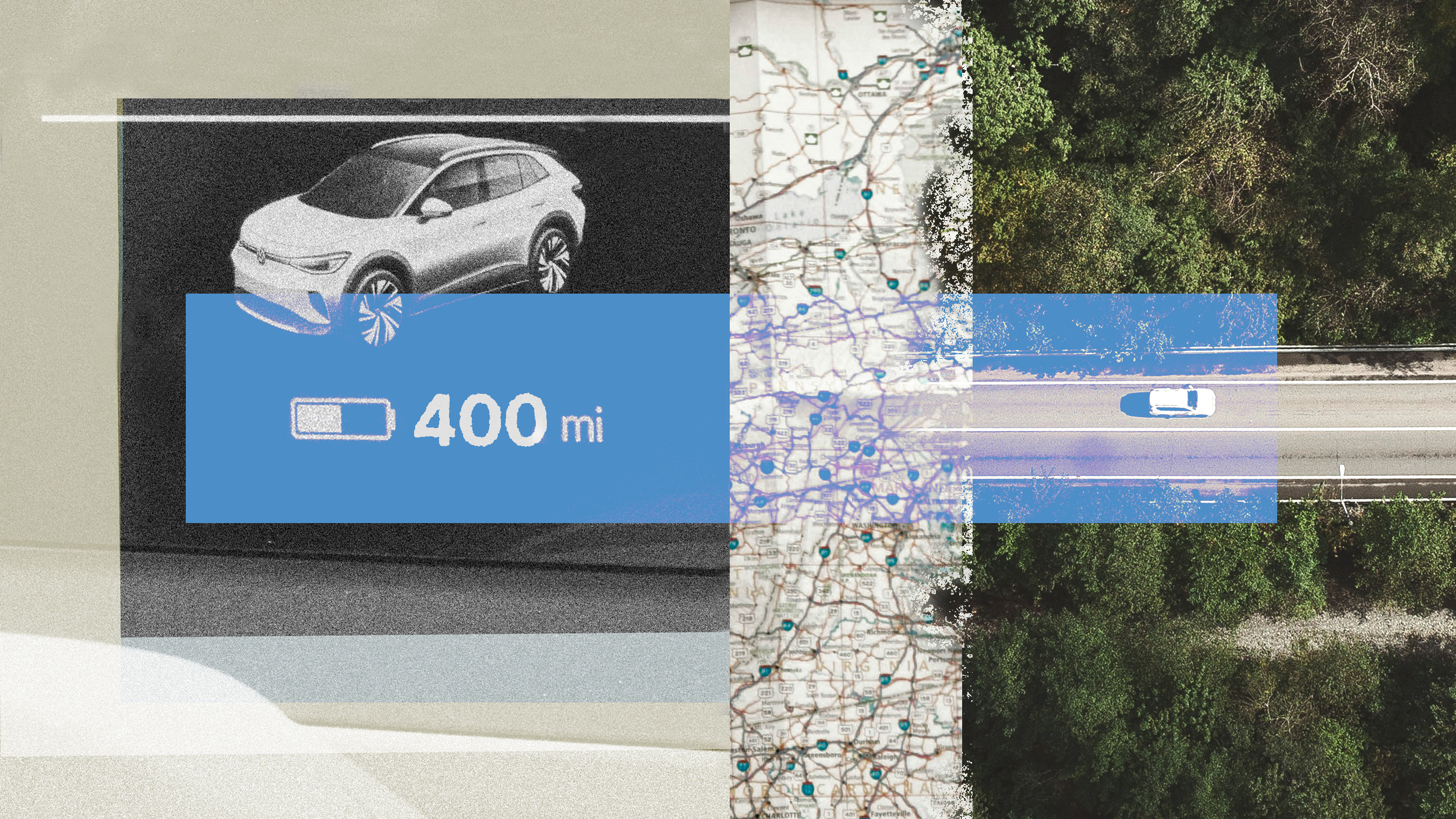The Future
All Stories
Tech entrepreneur Alvin Wang Graylin sketches out a bold new age of AI-led enlightenment underscored by compassion.
Freethink asks three different kinds of experts to answer this question.
Acclaimed writer Mauro Javier Cárdenas used AI in his latest work to surprising effect.
For well over a century, engineers have proposed harnessing the ocean’s tides for energy. But the idea hasn’t seemed to register in many places.
We will believe in AGI when it calls on Facetime.
Profluent’s new platform is like ChatGPT for genetic technology.
Finally, an AI that can drive a digital car as a goat.
Astranis is on a mission to help everyone in the world get online.
Big Think recently spoke with Nick Bostrom about how humans might find fulfillment in a post-scarcity world.
It’s 50% stronger than comparable materials used in aerospace.
What would it take to create a truly intelligent microbot, one that can operate independently?
“Stargate” could be used to train the world’s most powerful AIs.
Making up false information is one of the biggest problems with AI, but there are no silver-bullet solutions.
Implanting machine components into human bodies, argues one scholar, could make for a better society.
We may be on the brink of finally seeing human-level intelligence in an AI — thanks to robots.
Google’s “Genie” could be used to create a wide range of interactive environments for more than just games.
If you guessed “staying up all night to play video games,” you’d be right.
People who have a regional accent might prefer robots who speak like them over generic voices.
Tech designed to fuse atoms might be able to clean up space, too.
Former GitHub CEO Nat Friedman just invested $100 million into the company.
Its creators hope the technology will help people meaningfully connect with the external world.
NASA gave three robots plans for a moon shelter, and the robots figured out how to build it.
What Shark Tank pitches, Sundance films, and unusual sandwiches show us about our choices.
Meta and NYU’s robot can navigate and clean rooms it’s never seen before.
Do grim sci-fi scenarios crush our hopes for real-world growth? Author Michael Harris looks elsewhere to unblock the road to a better future.
Whenever someone waxes poetic about terraforming alien worlds, it’s worth taking a moment to consider the ethical implications of the proposal.
A $30,000 electric vehicle with 400 miles of range that charges in under 10 minutes remains a pipe dream over the near future.
The brain-computer interface will be tested in a six-year trial in patients with quadriplegia.
The futuristic weapon could be ready for the battlefield in 5 years.

